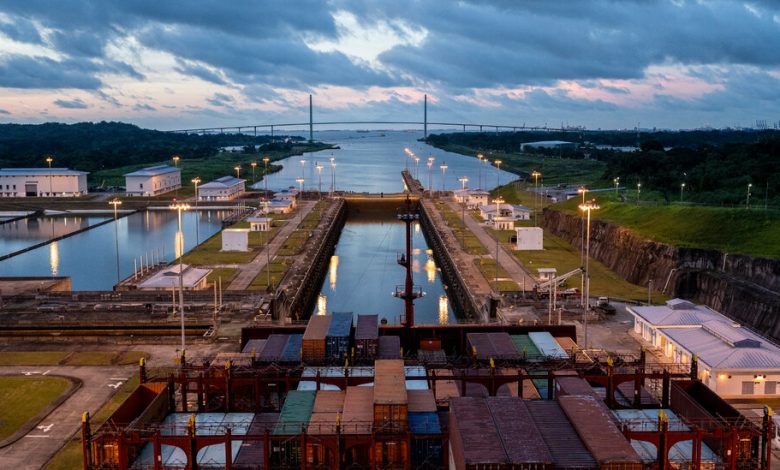Why the Panama Canal Didn’t Lose Money When Ship Crossings Fell

Low water levels have forced officials to slash the number of ships that are allowed through the Panama Canal, disrupting global supply chains and pushing up transportation costs.
But, remarkably, the big drop in ship traffic has not — at least so far — led to a financial crunch for the canal, which passes on much of its toll revenue to Panama’s government.
That’s because the canal authority introduced hefty increases in tolls before the water crisis started. In addition, shipping companies have been willing to pay large sums in special auctions to secure one of the reduced number of crossings.
In the 12 months through September, the canal’s revenue rose 15 percent, to nearly $5 billion, even though the tonnage shipped through the canal fell 1.5 percent.
The Panama Canal Authority declined to say how much money it earned from auctions. At a maritime conference last week in Stamford, Conn., Ilya Espino de Marotta, the canal’s deputy administrator, said the auction fees, which reached as much as $4 million per passage last year, “helped a little bit.”
But even now, during a quieter season for global shipping, auction fees can double the cost of using the canal. This month, Avance Gas, which ships liquefied petroleum gas, paid a $401,000 auction fee and $400,000 for the regular toll, said Oystein Kalleklev, the company’s chief executive. Auction fees are ultimately borne by the company whose goods are being shipped.




